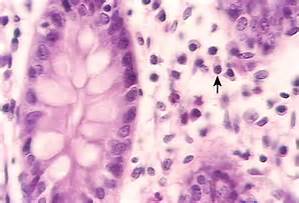Bioprinting Tech Could Break the Mold of Medicine

Researchers at the Wake Forest Institute for Regenerative Medicine are working on a new technology that could one day allow medical professionals to print human organs.
This “bioprinting” technology has been under development for the last ten years and involves the process of creating “spatially-controlled cell patterns” in which cell life and function are preserved. It’s essentially a way of 3D printing living muscle, bone and organ structures with the same consistency and functioning potential as human tissue.
Cells are kept alive in a nutrient-rich gel called “bio-ink,” which is dispensed from a modified 3D printer in combination with a biodegradable plastic-like substance that provides the desired shape. Together, these materials form structures of living tissue firm enough to be picked up and implanted into a human being.
In a Nature Biotechnology paper, the team at Wake Forest writes that, “Recent advances have enabled 3D printing of biocompatible materials…into complex 3D functional living tissues…Compared with non-biological printing, 3D bioprinting involves additional complexities, such as the choice of materials, cell types, growth and differentiation factors, and technical challenges related to the sensitivities of living cells and the construction of tissues.”
While products created with the new technology have yet to be tested on actual human patients, the potential applications seem endless. Surgeons and other specialists could request made-to-order parts on-demand, eliminating the need for waiting lists and reducing the worry of finding a perfect match. The technology could also prove useful in the field for military docs treating patients with severe burns and other wounds.
To read more about it, click here.
